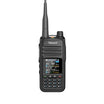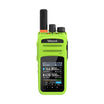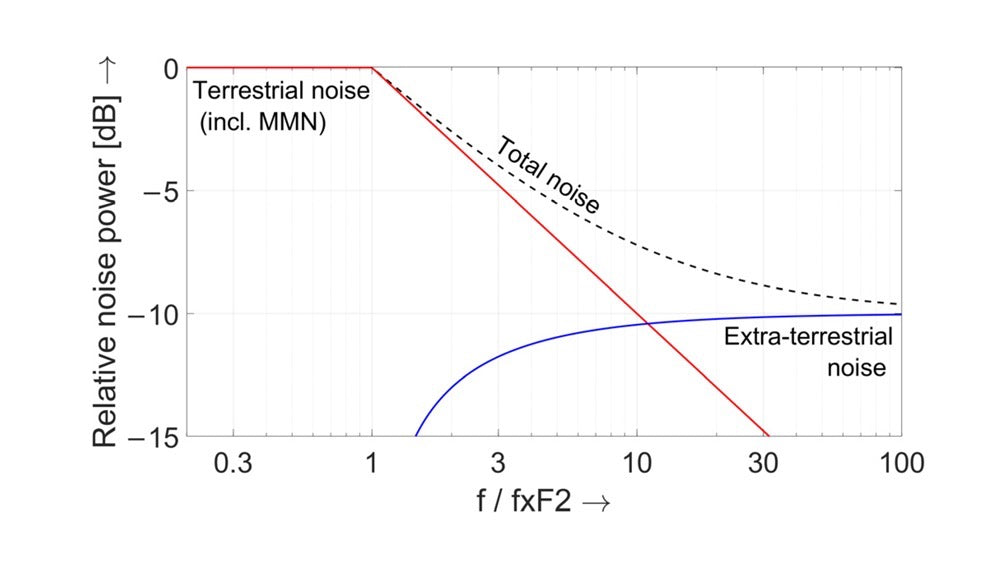In recent years, the landscape of Public Safety radio system coverage has undergone a significant transformation. The focus has shifted from Mobile-only coverage to the need for Portable Outdoor and Portable In-building coverage. This evolution in coverage requirements has posed challenges, especially in areas where traditional Land Mobile Radio (LMR) technology falls short due to frequency limitations and geographical constraints.
To address these challenges, public safety agencies are exploring various supplemental coverage solutions that ensure reliable communication across all service areas, including remote and indoor locations. This blog delves into the array of options available for extending the coverage footprint economically, ensuring public safety grade communication without breaking the bank.
Exploring Coverage Alternatives
The first step in expanding your coverage is understanding the different technologies and solutions that can complement your existing LMR system. This includes P25 LTE/Wifi capabilities, which leverage broadband networks to provide extended coverage and capacity. Mobile applications can turn smartphones and other devices into virtual radios, providing an easy and cost-effective way to communicate within the public safety network.
Identifying the Best Coverage Solutions
Selecting the right coverage solution requires a thorough assessment of your specific needs and environment. For indoor areas, In-building Distributed Antenna Systems (DAS) or Bi-Directional Amplifiers (BDA) can enhance signal strength and ensure uninterrupted communication. Similarly, for wide-area coverage, especially in remote or rugged terrains, integrating satellite communication or extending the LMR network through additional repeaters could be effective.
Assessing Total Cost of Ownership
When considering various coverage solutions, it's crucial to evaluate the total cost of ownership (TCO). This includes not only the upfront installation and equipment costs but also ongoing maintenance, operational expenses, and potential upgrades. Understanding the TCO helps in making an informed decision that balances budget constraints with operational needs.
Conclusion
Expanding the coverage footprint of public safety radio systems is essential for ensuring effective communication in all operational areas. By exploring various supplemental coverage solutions, assessing their suitability, and considering the total cost of ownership, public safety agencies can achieve reliable and economical coverage expansion. This strategic approach enables responders to maintain constant communication, ultimately enhancing public safety and operational efficiency.
































